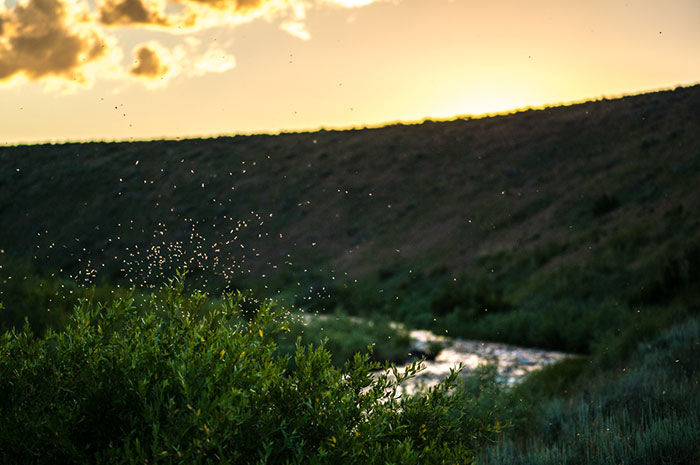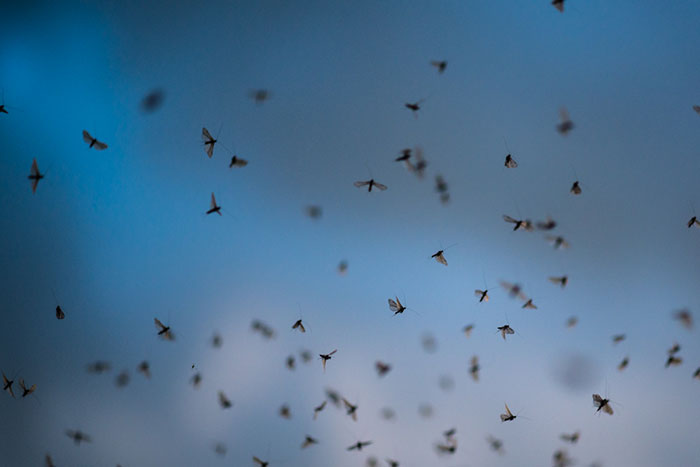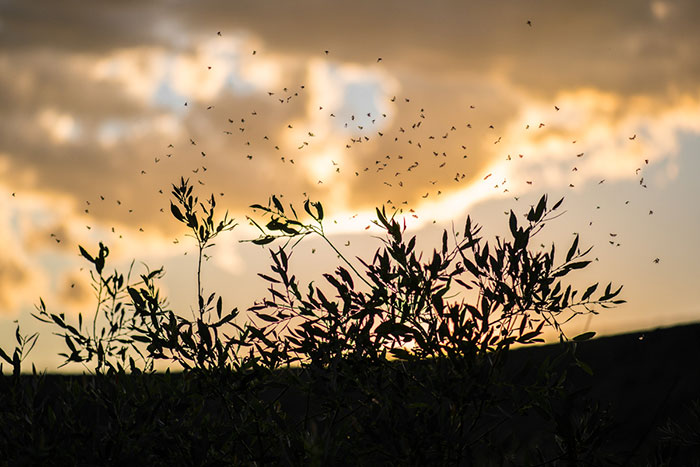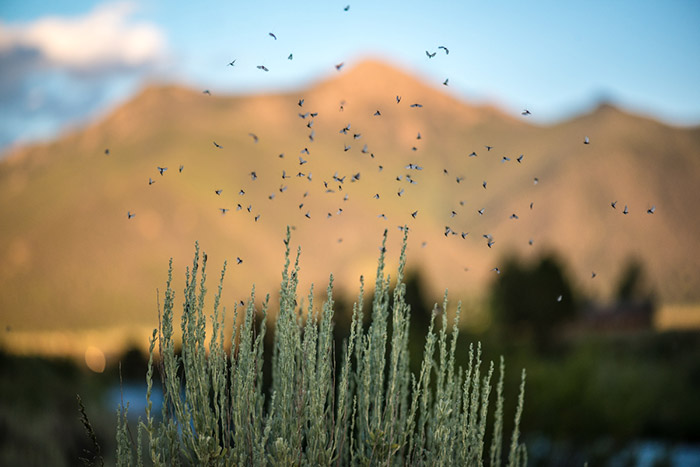Summer Caddis
Sean Visintainer - 07/20/20

Consistent caddis
As summer heats up hatches begin to dwindle. Warming water temps become not suitable for many of our favorite insects. One reliable hatch on many trout streams though are caddisflies.
Caddis are hearty insects and seem to do well with warmer water. While most of our caddis hatches are more intense in the later spring, these moth-like insects linger throughout the summer months on rivers like the Spokane, NF Coeur d'Alene and St. Joe Rivers.
Many hatches occur during the afternoon hours and into the evening. By late evening you will see swarms of them above the bushes and trees mating, so thick that sometimes it looks like smoke. As the sun settles, and even into the darkness hours, the caddis return to the water to lay eggs, and often that small moment in time makes them a very susceptible target for trout.
A classic tactic for caddis emergences is swinging soft hackles or caddis pupa patterns through riffles. If you haven't tried swinging "softies" it's an effective method for searching and covering water. I often fish two flies, the lead fly being the bigger one with a bead, the trailer just about sixteen inches behind, often a smaller size, with or without a bead.
The elk hair caddis is one of the most iconic patterns in all of fly fishing, but there are many other excellent dry fly caddis patterns. Patterns like the x-caddis, or many of the CDC patterns are productive and offer different profiles from the well loved elk hair.
Dredging the depths with caddis nymphs during the morning hours, or even during warm summer afternoons, will often yield very good results. For the first part of the day trout are actively feeding on the caddis larva or pupa before they make it to the surface to hatch.
Whether under a larger "indicator" dry like a chubby, or on my euro rigs you can bet more often than not during the summer months one of the nymphs will definitely be some sort of caddis imitation. The past couple seasons I gravitate more towards the jig styles, but there are many proven "standard" styles that have worked for years that I still tie on.
Double check those boxes before your next outing. Many anglers will have some classics like the elk hair in their boxes, but many we see don't have soft hackles or nymphs. Having a variety of tan or olive colors can certainly up the odds at matching one of trouts most consistent summer foods.



